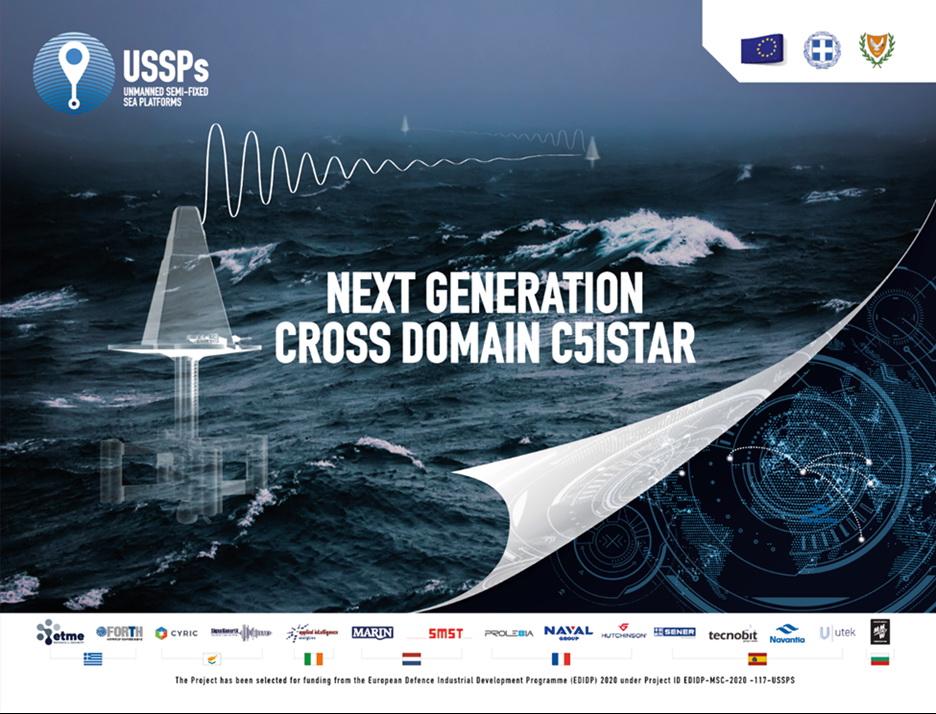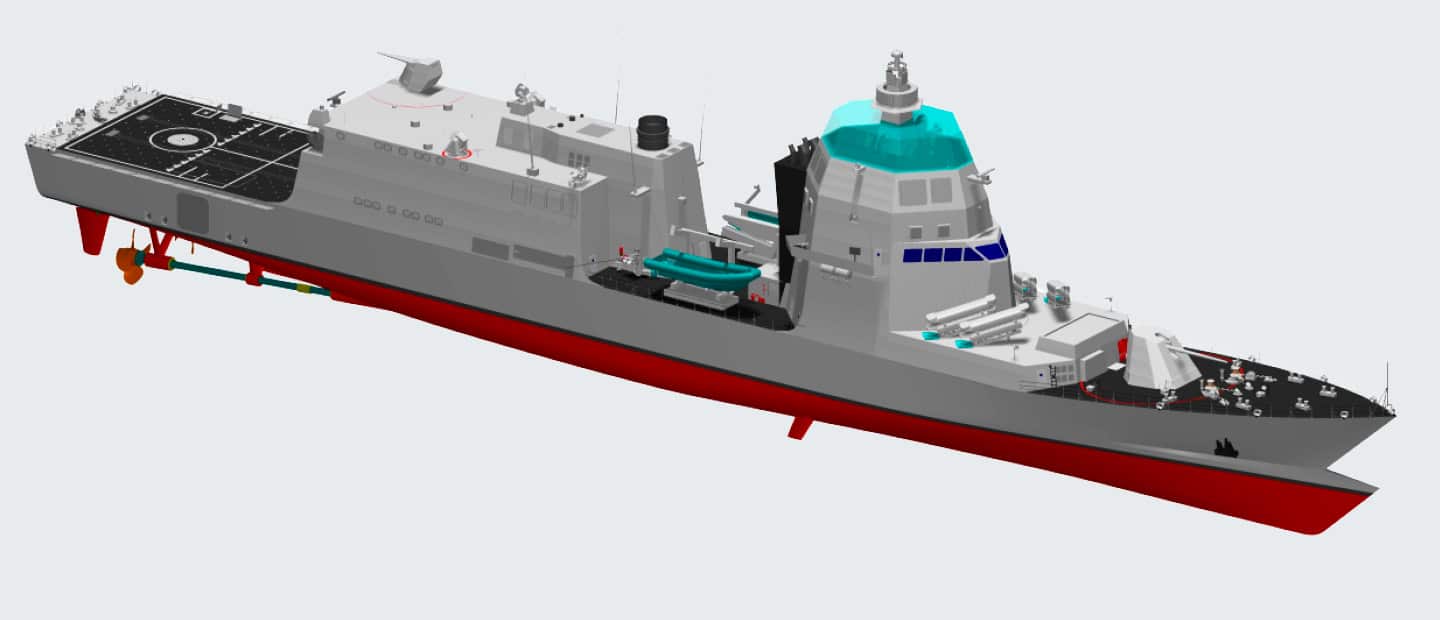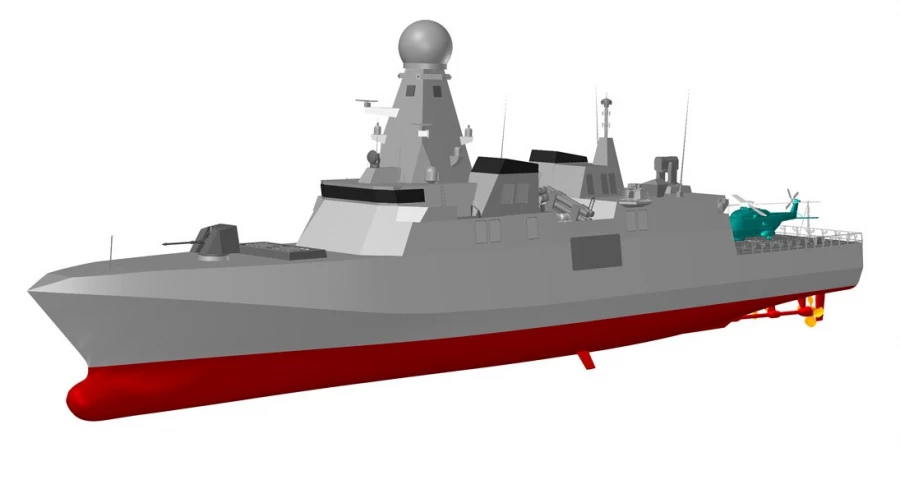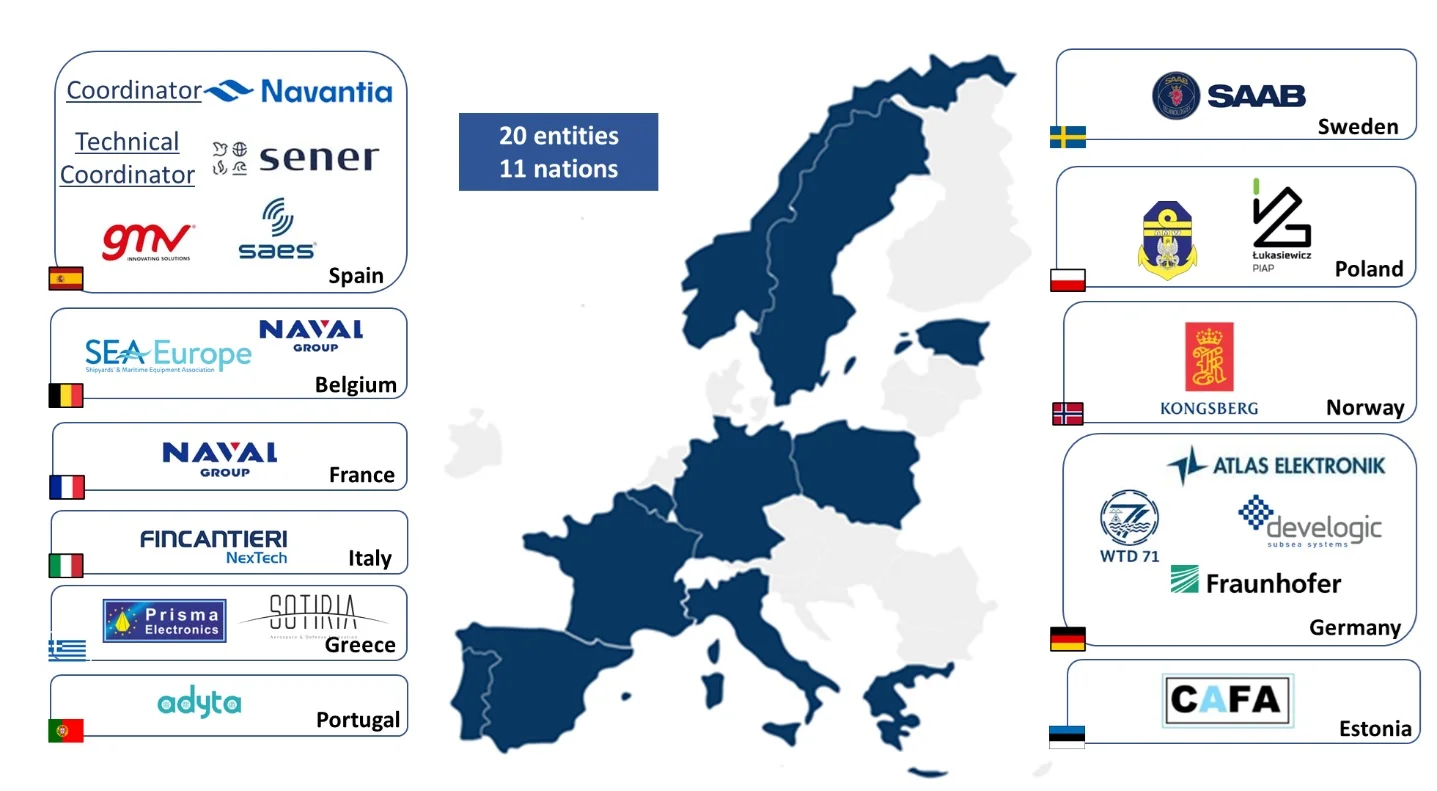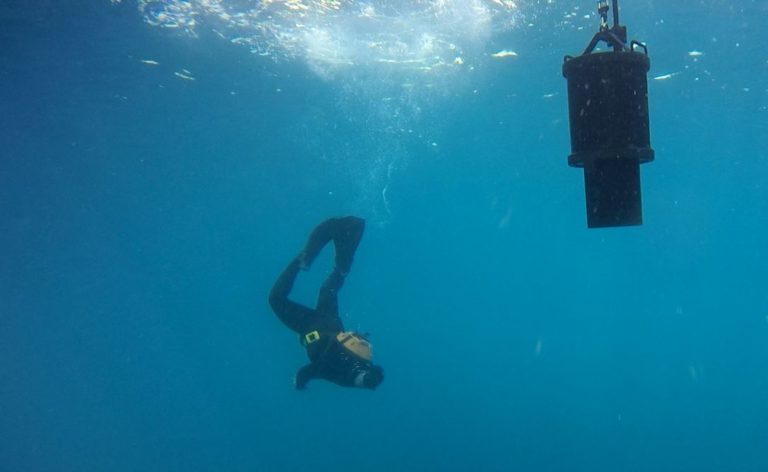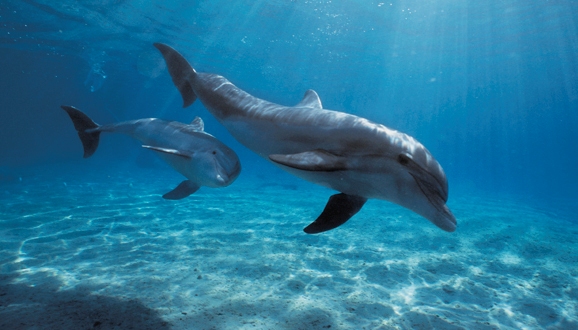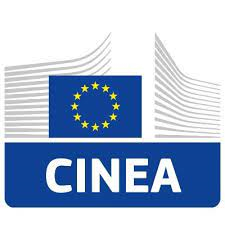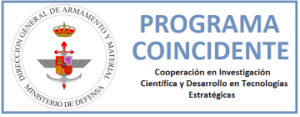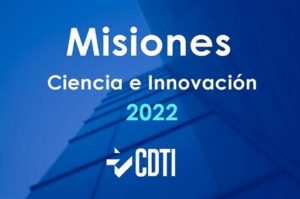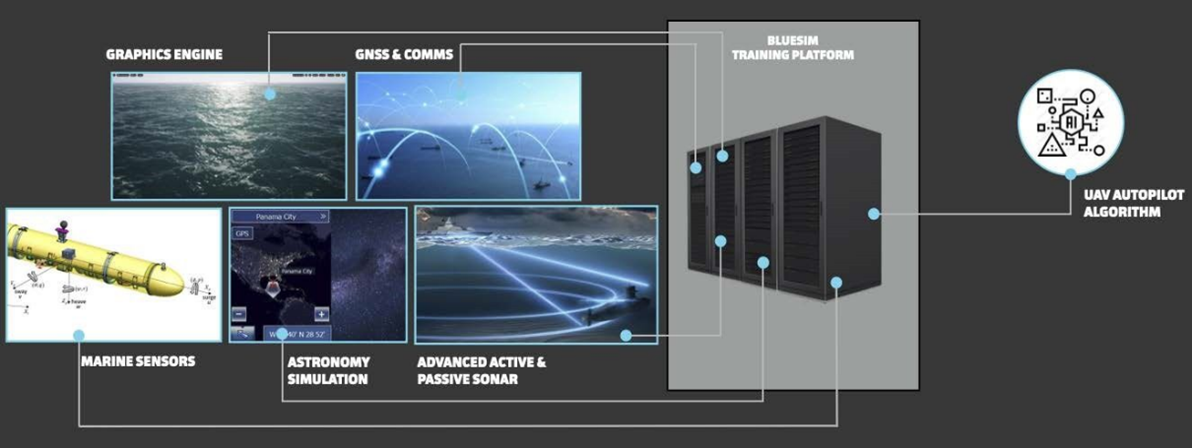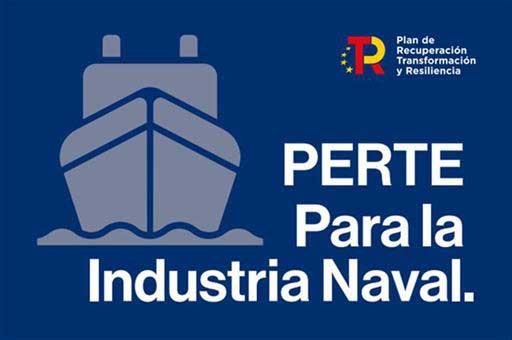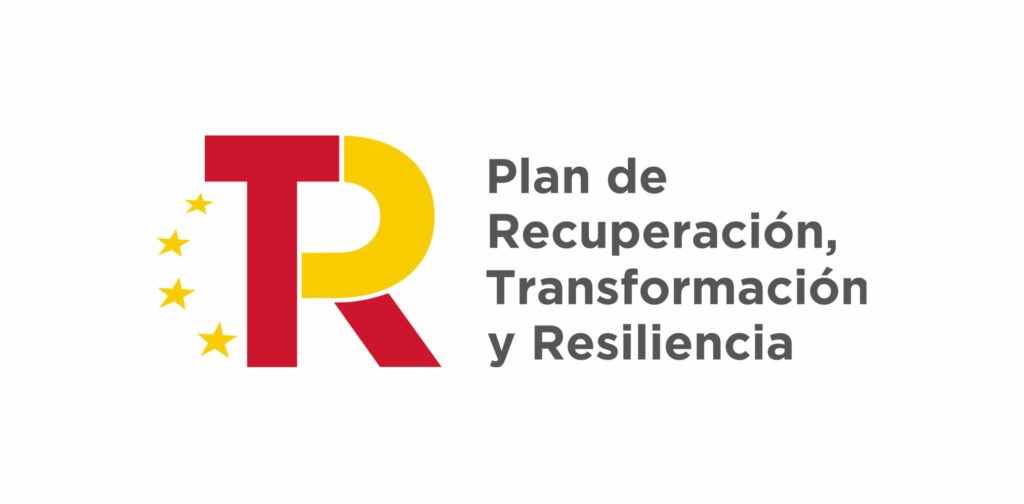COOKIE POLICY
This Cookie Policy provides information about cookies or similar technologies that are or may be installed on your device when you access and use this https://electronica-submarina.es website (“the website”).
In the context of this Cookie Policy the term “cookies” is used to refer to cookies and similar technologies, such as pixels, web beacons or fingerprinting techniques.
This website may use cookies that enable the processing of your personal data.
For more information on how we use your data, please visit our web user privacy policy in the Privacy Center of our website, or by email at dpd@electronica-submarina.com.
WHAT ARE COOKIES?
A cookie is a file that is downloaded to the user’s device (computer/smartphone/tablet) when accessing certain web pages, in order to store and retrieve information about browsing habits made from the equipment.
TYPES OF COOKIES
There are different types of cookies. They all work in the same way, but have small differences:
- Session Cookies: Session cookies have a set duration, this is based on the duration of the browser’s visit, and are deleted when the browser is closed. Their main purpose is to identify the type of device, support the security of the website and its basic functionality. They do not contain personal information that allows us to identify a person.
- Persistent or Permanent Cookies:This type of cookies are stored on the hard drive of the device, and the browser reads them each time you make a new visit to the website. They have an expiration date, and once expired, the cookie stops working. They allow us to identify your actions and preferences; analyze visits and help us understand how users reach our site and improve our services.
- Functionality Cookies: They allow the website to remember decisions made by the user, such as your login or identifier. The information collected by these cookies is anonymized (i.e., it does not contain your name, address, or other sensitive data).
- Third Party Cookies: Third-party cookies are the cookies necessary to make use of external applications on our website; for example, those used by social networks (such as Facebook) or by external content plugins (such as Google Maps). In addition, some advertising companies use this type of files to track your visits on each site on which they advertise.
- Analytical Cookies: These are cookies that are intended for periodic maintenance and ensure the best performance and service to the user; collecting data on their activity. Performance Cookies: These are used to improve the browsing experience and optimize the operation of the website, such as, for example, storing service configurations, or storing the purchase made in a shopping cart.
- Advertising Cookies: These are those that collect information about the advertisements shown to users of the website. They can be of two types:
- Anonymous Cookies: They only collect information about the advertising spaces displayed on the website, regardless of the user accessing the website, i.e., without expressly identifying him/her.
- Customized Cookies: They collect personal information of the website user by a third party, for the customization of such advertising spaces.
- Geolocation Cookies: These Cookies are used to find out in which country or region the user is located when accessing a service of the website in order to offer him/her contents or services appropriate to his/her location.
INFORMATION ON THE TREATMENT OF COOKIES
- Responsible for the treatment: Sociedad Anónima de Electrónica Submarina S.M.E., (SAES)
- NIF: A79144267
- Company address: Ctra. Algameca s/n, 30205, Cartagena (Murcia, Spain)
- Contact of the Data Protection Delegate: dpd@electronica-submarina.com
Legal basis for processing
For the use of non-excepted cookies, the processing of these is based on the user’s consent. The user may at any time withdraw their consent in relation to the Cookies Policy, and may delete the cookies stored on their equipment through the settings and configurations of their Internet browser. For more information see the section “User settings to avoid Cookies” of this Policy.
For the use of excepted cookies, the treatment of cookies is based on legitimate interest.
DATA CATEGORIES
If you accept the use of cookies, we will treat the following data:
With respect to own cookies:
- Customization:
- ID of the user’s device.
- Advertising action that originates the visit.
- Last searches performed in the search engine.
- Analysis:
- ID of the user’s device.
- Source of the visit.
- Pages or sections you browse on the website.
With regard to third-party cookies: we recommend consulting their respective policies, indicated in the “more information” section, to inform you about their recipients.
COOKIES USED BY THIS WEBSITE
Further information on the cookies used on this website is set out below:
| Cookie Name | Purpose | Expiration Date | Type | Type. | |||
| wpml_browser | Technical and strictly necessary cookie containing the session identifier | Deleted when the browser is closed. | Technical | ||||
| _icl_current_language | Technical and strictly necessary cookie containing the session language | Technical | |||||
| ginger-cookie | Technical and strictly necessary cookie containing the value of whether the installation of cookies has been accepted | It expires one year since the last update | Technical | ||||
| _ga | Google Analytics cookie that enables the unique visits monitoring function. The first time a user enters the website through a browser this cookie will be installed. When this user re-enters the website with the same browser, the cookie will consider that it is the same user. Only in the event that the user changes browser will it be considered another user. | It expires two years after the last update. | Analytics | ||||
| Google Translate | They offer the possibility of translating the page into other languages to users whose browser is not configured in Spanish. – Google Privacy Policy | ||||||
| SAES | Allow the user to view the page and interact with it. | ||||||
| Utma | Used to distinguish users and sessions. The cookie is created when the JavaScript library is executed and there is no __utma cookie. The cookie is updated each time data is sent to Google Analytics. | It lasts for two years from the time it is set or updated | Analytics | ||||
| __utmt | It is used to limit the percentage of requests | It has a duration of 10 minutes | Analytics | ||||
| __utmb | It is used to determine new sessions or visits. The cookie is created when the JavaScript library is executed and there is no __utmb cookie. The cookie is updated each time data is sent to Google Analytics. | It lasts 30 minutes from the time it is set or updated. | Analytics | ||||
| _utmc. | It is not used in ga.js. It is set to interact with urchin.js. Previously, this cookie acted in conjunction with the __utmb cookie to determine if the user was in a new session or visit. | It lasts until the end of the browser session. | Analytics | ||||
| __utmz. | Stores the traffic source or campaign that explains how the user arrived at the site. The cookie is created when the JavaScript library is executed and is updated each time data is sent to Google Analytics. | It lasts six months from the time it is set or updated. | Analytics | ||||
| _utmv | Used to store visitor custom variable data. This cookie is created when a programmer uses the _setCustomVar method with a visitor custom variable. It was also used for the retired _setVar method. The cookie is updated each time data is sent to Google Analytics. | It lasts two years from the time it is set or updated. | Analytics | ||||
| Popup | Used to know if the user has seen and accepted the use of cookies on the site | Technical | |||||
| PHPSESSID | Session cookie to work correctly with the PHP programming language. | Technical | |||||
| Social Networks and other websites | On other sites where SAES has a page or social profile, third-party cookies are installed on all its visitors, even if they are not registered users on the corresponding platforms: Facebook Cookie Page, Twitter Privacy Page, LinkedIn Cookie Page, Google Cookie Page. The use of cookies and IP address tracking files allows SAES to collect data for statistical purposes such as: date of first visit, number of times visited, date of last visit, URL and domain from which it came, browser used and screen resolution. |
Additional information about Google Analytics.
If you give us your consent, this website will make use of Google Analytics, a web analytics service provided by Google (with registered office at 1600 Amphitheatre Parkway, Mountain View, CA 94343, United States of America). Google Analytics uses “cookies” to help analyze the use of the website. The information generated by the cookies about your use of the website will be sent to and stored by Google on servers in the United States.
Google will not associate the IP addresses transferred in the context of Google Analytics with any other data in its possession.
For more information, visit https://support.google.com/analytics/answer/6004245?hl=es
HOW TO DISABLE OR REMOVE COOKIES?
You can withdraw your consent to the use of cookies or modify your cookie preferences at any time by clicking on this link.
Below, we make available to you information to enable you to configure your Internet browser/browsers to maintain your privacy and security in relation to cookies. Therefore, we provide you with information and links to the official support sites of the main browsers so you can decide whether or not to accept the use of cookies.
So, you can block cookies through the browser configuration tools or you can configure your browser to warn you when a server wants to save a cookie:
- If you use Microsoft Internet Explorer, in the menu option Tools > Internet Options > Privacy > Settings.More Information.
- If you use Firefox, under the menu option Tools > Options > Privacy > Cookies.More Information.
- If you use Chrome, under Options > Advanced > Privacy.More Information.
- If you use Opera, under Security & Privacy, you can configure the browser.More Information.
- If you use Safari, in the Preferences > Security or Privacy option, you will be able to configure Browser.More Information.
- If you use another browser, please refer to its policy for installing, using and blocking cookies.
WHAT HAPPENS IF COOKIES ARE DISABLED?
Some functionality of the Services and areas of this website may not function properly if cookies are disabled.
DATA SUBJECTS
Sociedad Anónima de Electrónica Submarina S.M.E., (SAES) may communicate the data collected to authorities and public bodies, for compliance with a required legal obligation, as well as to service providers and third parties necessary for the management and execution of cookies.
With respect to the third parties identified in the cookies table, we recommend consulting their respective policies.
TRANSFERS TO THIRD COUNTRIES
Sociedad Anónima de Electrónica Submarina S.M.E., (SAES) processes your data within the European Economic Area and, in general, we hire service providers also located within the European Economic Area or in countries that have been declared with an adequate level of protection.
If we need to use service providers who carry out processing outside the European Economic Area (hereinafter referred to as EEA) or in countries that have not been declared with an adequate level of protection, we would ensure that we guarantee the security and legitimacy of the processing of your data.
To do so, we require appropriate safeguards from those service providers in accordance with the General Data Protection Regulation so that they have, for example, binding corporate rules that ensure the protection of information in a manner similar to that established by European standards or that they subscribe to European Union standard clauses.
In the event that you accept certain third-party cookies, information may be transferred outside the EEA. With respect to the third parties identified in the cookie table, we recommend consulting their respective policies, indicated in the “more information” section.
WHICH ARE YOUR RIGHTS?
| RIGHTS | Access | You may consult your data included in the databases of the Data Controller. |
| Rectification | You may modify your personal data when they are inaccurate. | |
| Deletion | You may request the deletion of your personal data. | |
| Opposition | You can object to the entity processing your personal data when the legal basis for the processing is legitimate interest.
You can also object to receiving commercial information by sending an email to the address: dpd@electronica-submarina.com with subject “UNSUBSCRIBE”. If you object to communications for commercial purposes, you should know that the entity may send information related to the products or services contracted such as: informing about the blocking of cards; requests for transactions made from a non-habitual location; informative communication that may affect current contracts, etc. |
|
| Opposition to automated decisions | In case we make any decision in an automated way, you can object and ask for the decision to be reviewed by a person; as well as; express your point of view or challenge the decision, where appropriate. | |
| Portability | You have the right to ask us to transfer your data to you directly or to another third party. This right, will only apply when we carry out automated processing on the basis of your consent or because you have a contract with the entity. | |
| Limitation | You may request the limitation to the processing of your data when:
– You consider that they are not accurate. – They have been processed unlawfully. – They are not necessary for the purposes intended, but you want them to be kept for use in the event of a complaint. – You have objected to some of the processing based on legitimate interest. |
|
| Withdrawing the consent given | You may withdraw your consent at any time without affecting the processing previously carried out. In any case, your consent will remain in force as long as you do not withdraw it. | |
| How can you exercise your rights?
Requests can be sent: – In writing to the e-mail address dpd@electronica-submarina.com – By post or in person: Ctra. Algameca s/n, 30205, Cartagena (Murcia, Spain) In the case of requests for rights, the data controller will carry out the appropriate and necessary inquiries to collate and ensure the identity of the applicant. Without prejudice to the foregoing, identity can be accredited through one of the following methods: Provide a copy of a document proving identity (DNI, NIE, Passport or equivalent document). Electronically sign the document with a valid digital certificate. Claims before the control authority. In the event that you consider that your data protection rights have been violated, or your request has not been properly addressed, you can file a complaint with the Supervisory Authority (Spanish Data Protection Agency) at https://www.aepd.es/es.
|
||
MODIFICATION OF THE COOKIES POLICY
Sociedad Anónima de Electrónica Submarina S.M.E., (SAES) may modify all or part of this Cookie Policy if required by applicable law or in order to adjust it to the cookies actually used on the Website and in any related electronic communication.
FURTHER INFORMATION.
For more information about our Privacy Policies and how we use your personal data you can contact us through any of the means mentioned throughout this policy.
Last version date: 13th February 2024
.


